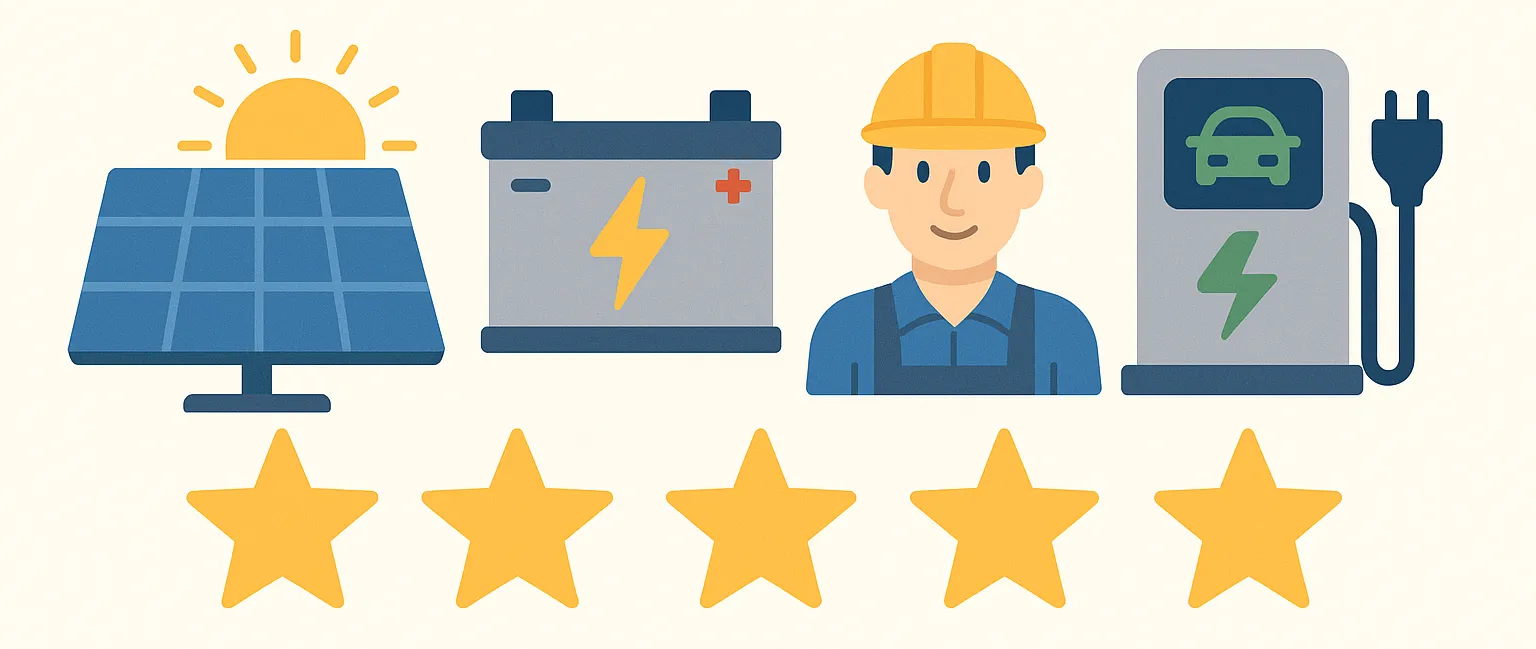You may have been hearing reports that solar PV installations are causing dangerously high voltages in the distribution network, particularly in the middle of the day when solar generation is high and electricity demand is low. This effect is being hyped by those who want to maintain the status quo (electricity distributors) as an excuse to restrict grid connected solar installations. There can be no doubt grid voltages are increased by connected solar systems, however there is a readily available solution to this problem.
For decades until 2000, the nominal voltage to be supplied to domestic customers by Australian electricity systems was either 230v or 240v, depending on the state. In that year Standards Australia issued AS60038 and adopted a 20 year plan to change the nominal voltage for all states to 230v, to align with European Standard IEC38. The standard specified a minimum of 216v and a maximum of 253v – 230v -6% to +10%. Subsequently AS61000.3.100 was issued which specified acceptable voltages based on time distribution (voltage to be between 225v and 244v 50% of the time, 216v to 253v 98% of the time) with the intention that it be applied Australia wide. However compliance with this standard varies, depending on the distributor.
Solar systems will cause the voltage in the distribution system to rise. In order to export excess energy to the grid, the system inverter must increase the output voltage to slightly higher levels than present on the grid. As more distributed energy sources are connected, the grid voltage will continue to increase, raising it toward the limit that could cause damage to devices, and possibly causing solar systems to disconnect from the grid in order to protect themselves. At my solar equipped home I have regularly seen grid voltages up to 252v on sunny days, however I have never seen voltages drop lower than 239v at night when there is no solar generation. Obviously one major reason for high voltage in the grid on sunny days is that the grid voltage is already at a high level, way higher than the Australian standard of 230v.
This problem can be solved. In 2017, the Queensland government directed the state owned distributors (Ergon and Energex) to adopt the Australian standard and reduce grid voltage for several reasons, the main one being in order that connection of solar systems would not be unreasonably restricted! The distributors were given a year to get the job done, and as far as I can find out, the task has been largely completed. It is time for the other distributors to stop bleating about high grid voltages caused by solar installations, and reduce the nominal grid voltage to comply with the current Australian standard. I am advised by my favoured solar installer that this adjustment is done at the local area transformer, which could explain why the distributors are reluctant to get on with making the change – there are thousands of transformers requiring adjustment!
Written by Solar Citizens volunteer Peter Youll.
Article courtesy of www.solarcitizens.org.au

